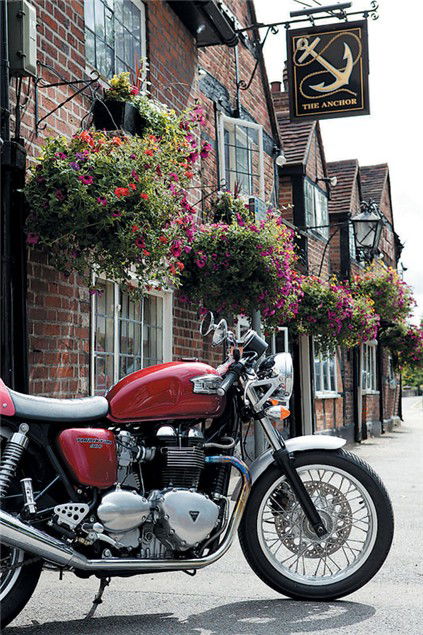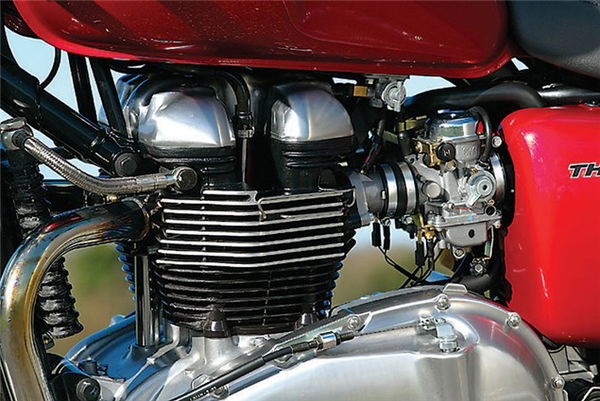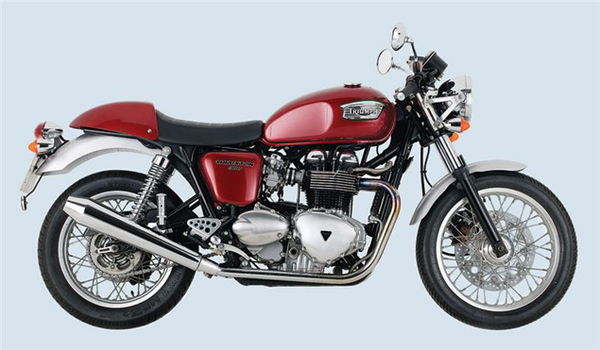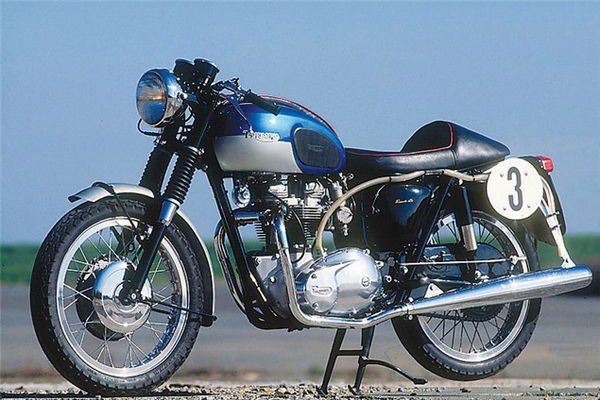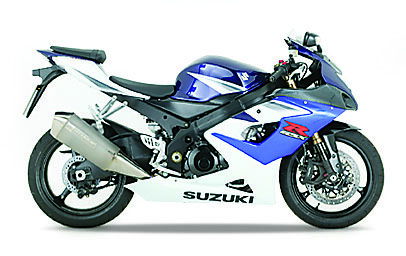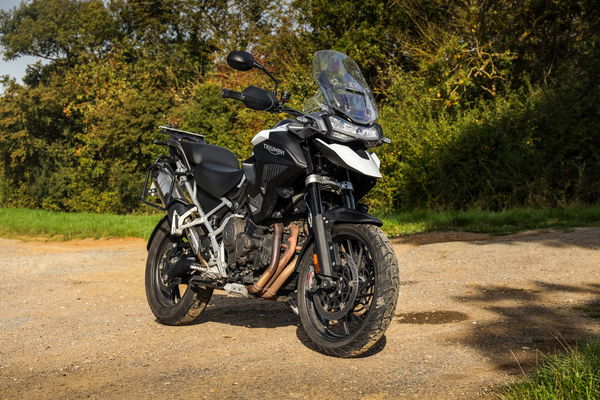Living with a Triumph Thruxton
Gentleman motorcyclist Steve Cropley dispatches motorways and B-roads on the Thruxton and asks who will buy the nouveaux retro

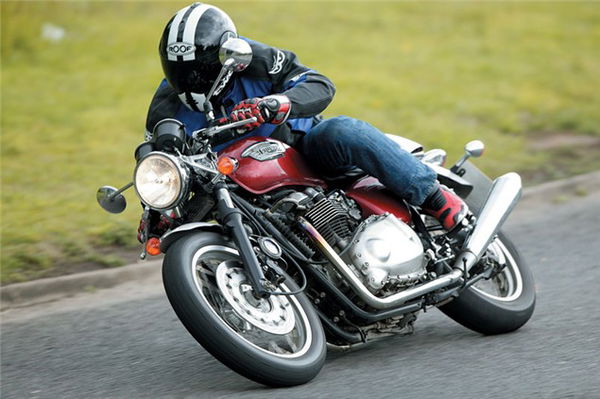
September 2004
I used to have one of these. Triumph twins, I mean. Mine wasn't the revered '60s Thruxton Bonneville, but it was very definitely a traditional-looking, teardrop tank, air-cooled, Meriden-built Triumph twin from the era this latest Thruxton 900 is trying so hard to reprise.
My Trumpet was nothing special; a humble J-plater bought from the Met after they'd finished escorting Her Majesty around the capital with it. Took me all over the UK, that bike, and became a true friend. It had one thing in common with latest crop; it didn't leak oil. I became heartily sick of wiseacres who reckoned that was because there was none left in the tank...
This new Thruxton reminds me instantly of those days every time I ride it. That's it's one big idea. The styling looks amazingly like a '60s café racer: I've even seen aficionados do double-takes. It's not exactly light at 215 kilograms, but there's a pleasantly narrow compactness to it when you wheel it out of the shed, which contrasts with today's barrel-shaped creations. And though the Thruxton is well made in a way Meriden twins never were, some of the rear cycle parts do look reassuringly cheap, in a nostalgic sort of way.
In most respects, however, this is a modern motorcycle. It starts every time. The clutch cable glides like it's on bearings. It doesn't rattle your jawbone when idling at the lights. And the throttle response is much cleaner and more linear than any Turner twin I ever knew. Best of all, you can go on long trips without needing to take a new set of rings and bearing shells, just in case.
Not that the new Thruxton is a long distance bike. With steeper forks than today's regular Bonneville, plus a smaller front wheel and stiffer spring rates, it feels just about perfect down country lanes. Despite the lack of a screen, the pegs, single-seat and clip-on bars position you ideally for 70-90 mph A- and B-roads thrashes. But don't expect too much. Motorways are hell. At 50 miles you may still be having fun, but at 70, your backside will be paralysed.
The eight-valve, twin-cam engine (overbored from the Bonneville's 790cc to make 865cc) thrums sweetly in the mid-range, and feels lively if you rev to the 7500 rpm redline - a no-go area in the old days. It's a measure of how things have changed that this bike never feels better than brisk, yet its engine produces 69bhp at 7250 rpm, whereas the old, hand-fettled Thruxton Bonnie had 53 bhp at 7000ish - and we all thought that was marvellous.
After 2000 miles, I keep wondering who'll actually buy the new Thruxton. I've been biking all my life and ought be in the target market, but I'm afraid this feels a bit too relentlessly old-blokeish even for me. Also a tad slow and distinctly lacking in front brake bite. I can't help thinking even marginally performance-minded bikers of any age will find it a bit slight. And those who want a more relaxed, broader-based traditionalist's Trumpet will (and should) probably opt for a Bonnie.
Yet I'm not knocking the Thruxton. No way. It's uncomplicated fun anywhere but on the motorway, and is probably perfect for that much-discussed breed, the returning biker. But before long, I suspect he'll want to move on.
January 2005
There's less to this than meets the eye. That's my latest conclusion about the Triumph Thruxton. Not that it's a bad bike; for the most part it's good, simple fun. But this new-fangled use of the Thruxton name has been putting me on the wrong tack.
The original Thruxton was such a special deal in Trumpet history that applying the same moniker to an
affordable mainstreamer seems a bit wrong. I keep looking for hidden depths that aren't there. If you can forget that, and simply accept this new Thruxton as a docile modern twin with café racer styling - something it's taken me a couple of months to do - you'll have a much better time with it.
The other major fact you've got to get into your head is that this isn't a long-distance bike. Having used the Thruxton a few times for my 100-mile commute, I know better than most that it's only got a 50-mile riding position.
At the outset the Thruxton's position seems perfectly judged for the people who'll buy it: not too radical (the bars don't drop very far), but you still lean forward far enough to be 'in balance' at about 80mph, a pretty good A- and B-roads speed. But the narrow seat gets you smack at the 50-mile post of any journey. That and the fact that a breeze channelled between tank and knees makes your thighs wave about at speed. Avoid motorways like the plague, stop every 45-50 minutes and you'll be fine.
I've really got to like the engine, though. And the 'box. That takes time, too. If you're used to Jap fours, you can't believe you're into the meat of the powerband by the time the engine hits 4000rpm. But you are. It's not fast, but it's honest. Attack obstacles a gear higher than you'd do on a more conventional bike, and you'll find the Thruxton will deliver pretty well. It's narrow, the powerband is quite wide, the ratios (only five of them) seem about right for the sub-100mph speeds at which you'll ride. And it steers neutrally. My speciality has been hour-long strops around where I live in the Cotswolds, never in a particular hurry, but trying a bit for five or 10 minutes when the mood takes me. Do it that way, and the Thruxton soon casts itself as an undemanding and loyal friend. I've had no glitches, and I feel I now know the bike well enough not to expect any.
To someone like me, hopelessly overweight and brought up on equally lardy 1200cc BMWs, the Thruxton seems small and light. It isn't light at 219 kilograms, but older riders will still find it easy to cope with. This bike wasn't conceived for slim-hipped 600RR riders... Continuing on the old-boy tack, it also annoys me that you only get a prop-stand as standard: I know chains don't need as much adjusting as they once did, but it still seems wrong. And why can't we have some space under the seat, at least for a toolkit? I needed to adjust the rear suspension (two cheap-looking coil-over units which look like they've been in the parts bin since 1967) and finished up having to delve into my antique toolkit for the right implement (a rod, not a C-spanner).
The truth about the Thruxton is that it's a hobby bike. All over the country, blokes will be having a last ride and thinking about putting them away for the winter. You won't see many on the road in December. Still, the bike's plenty enjoyable enough to be one of the first to be pulled out of the shed next spring.
